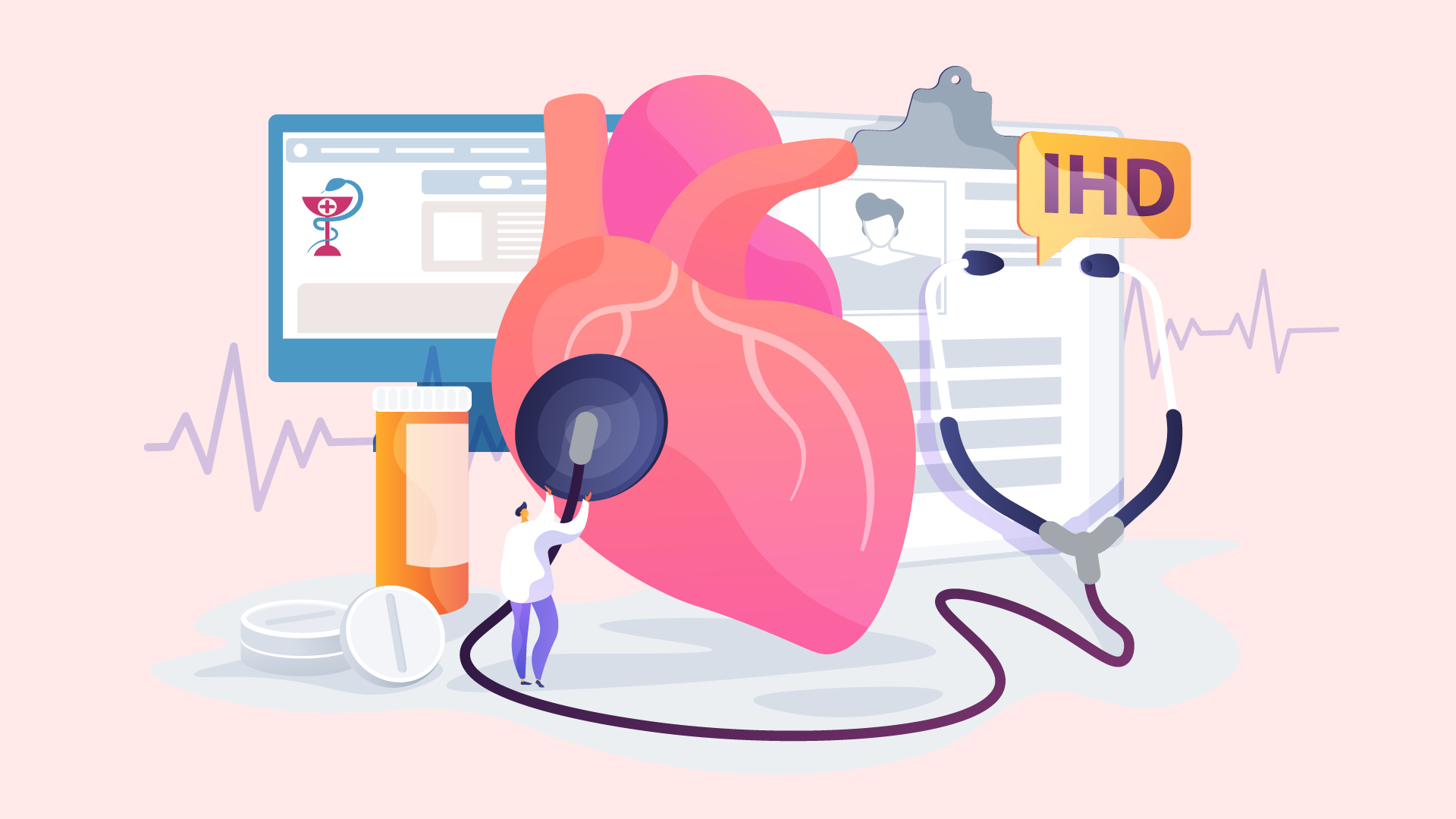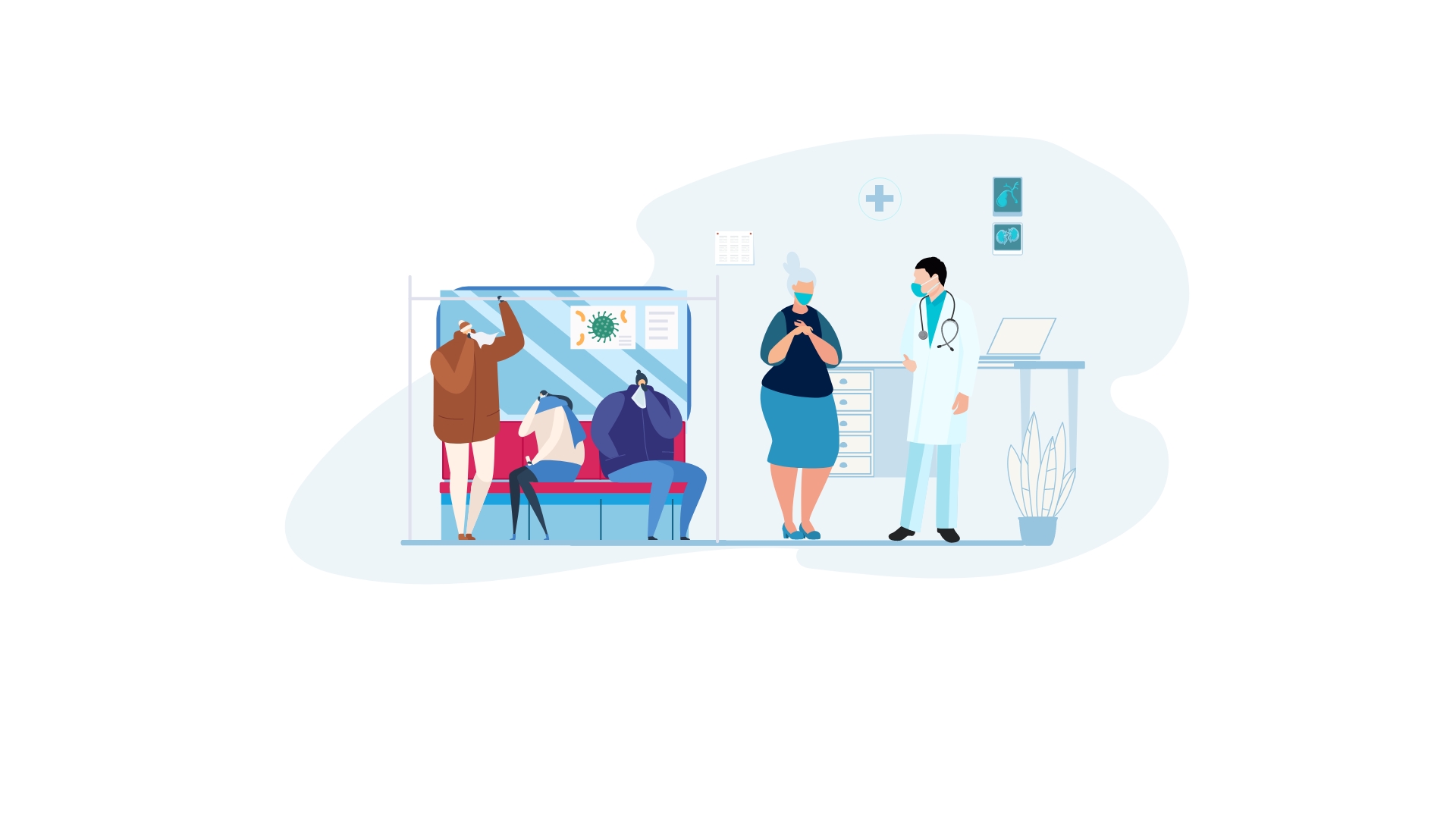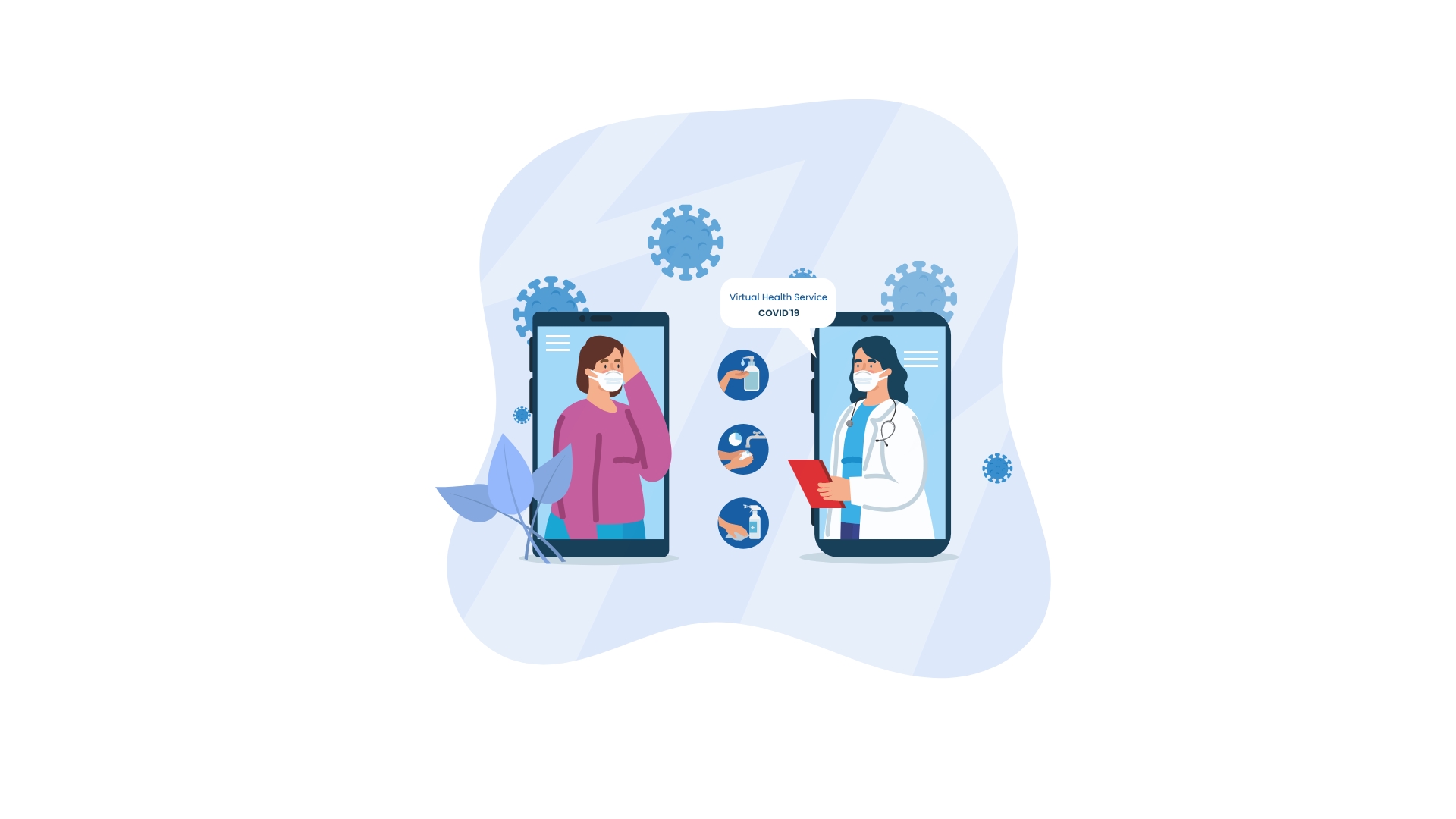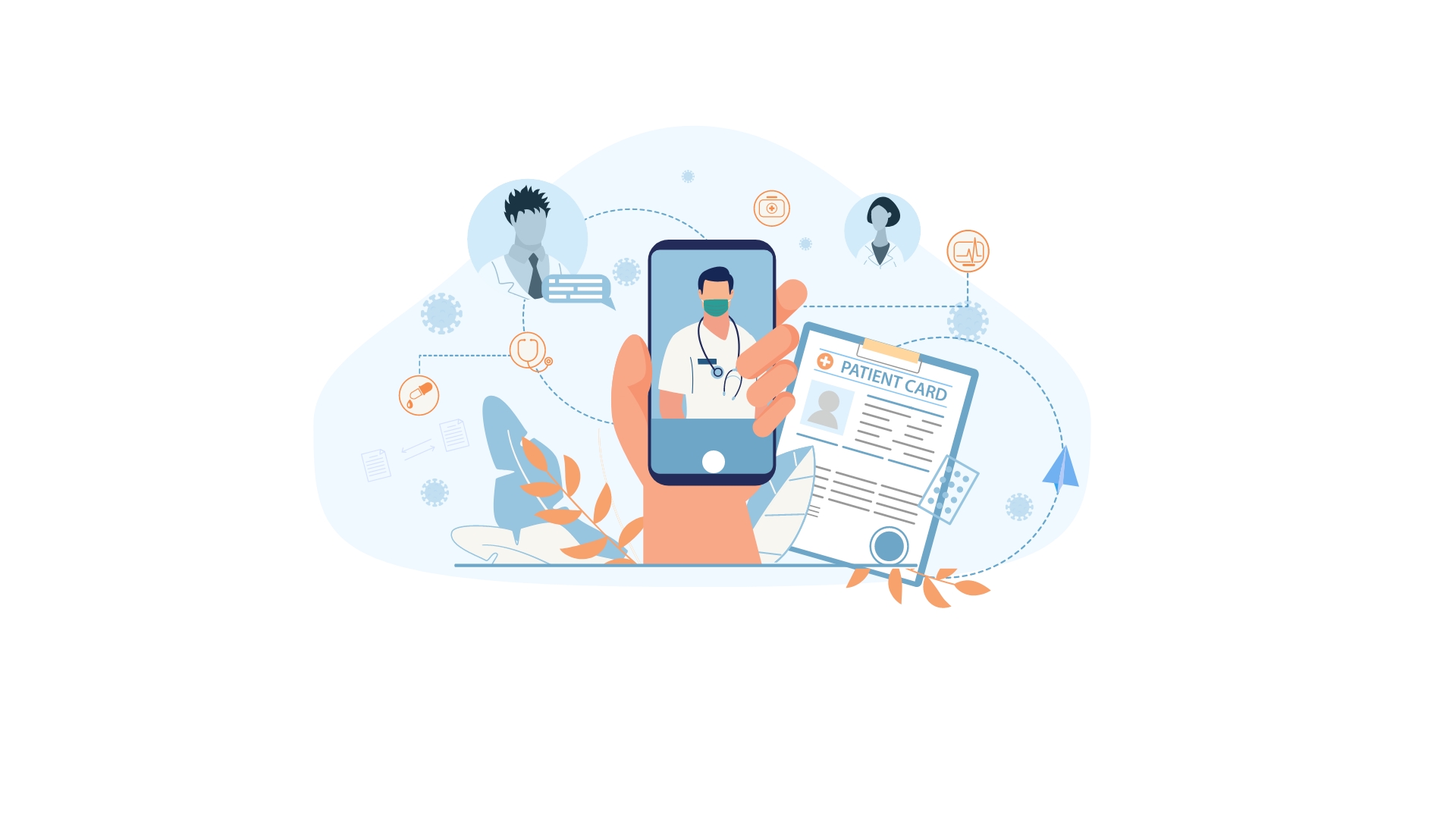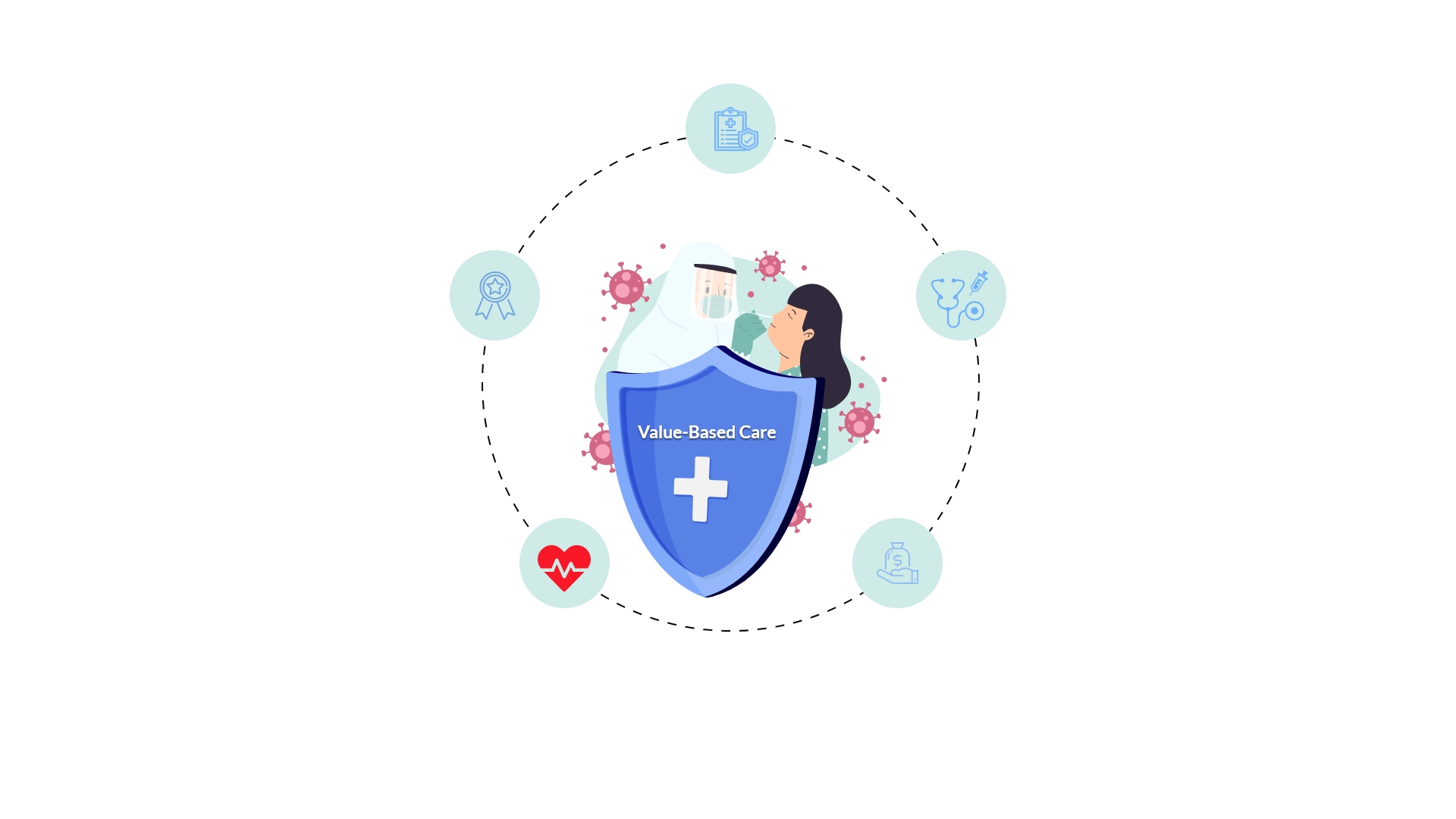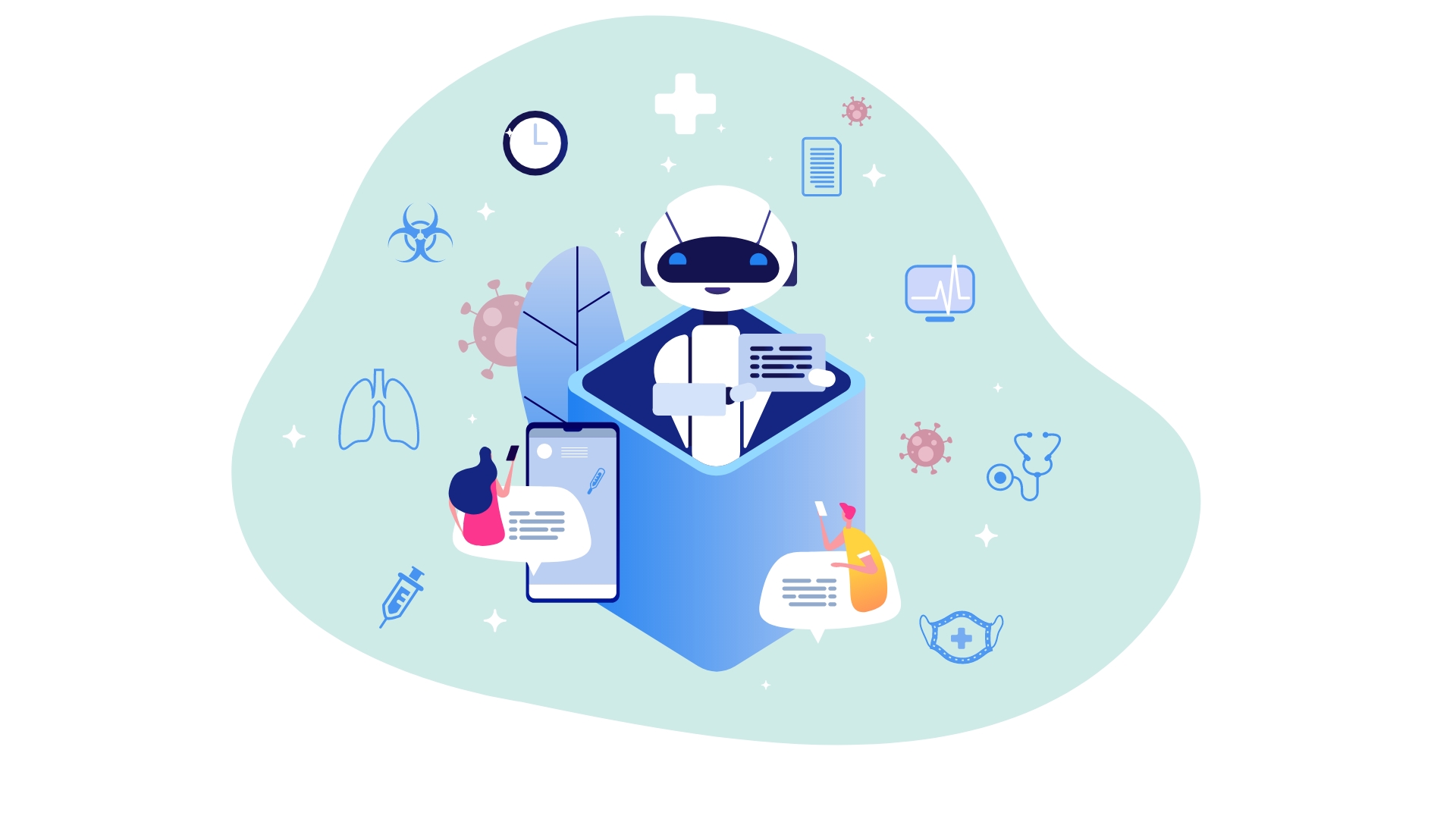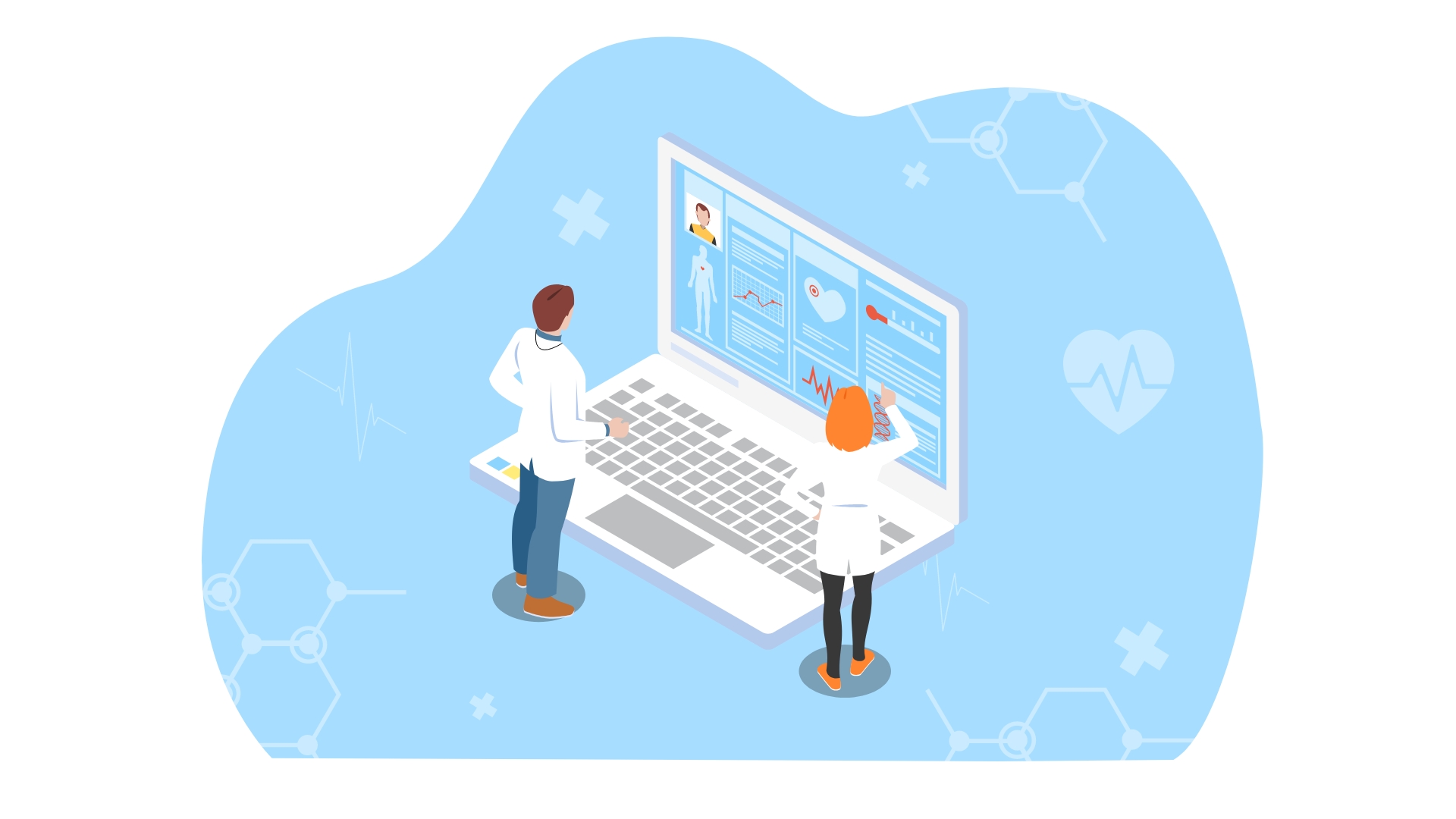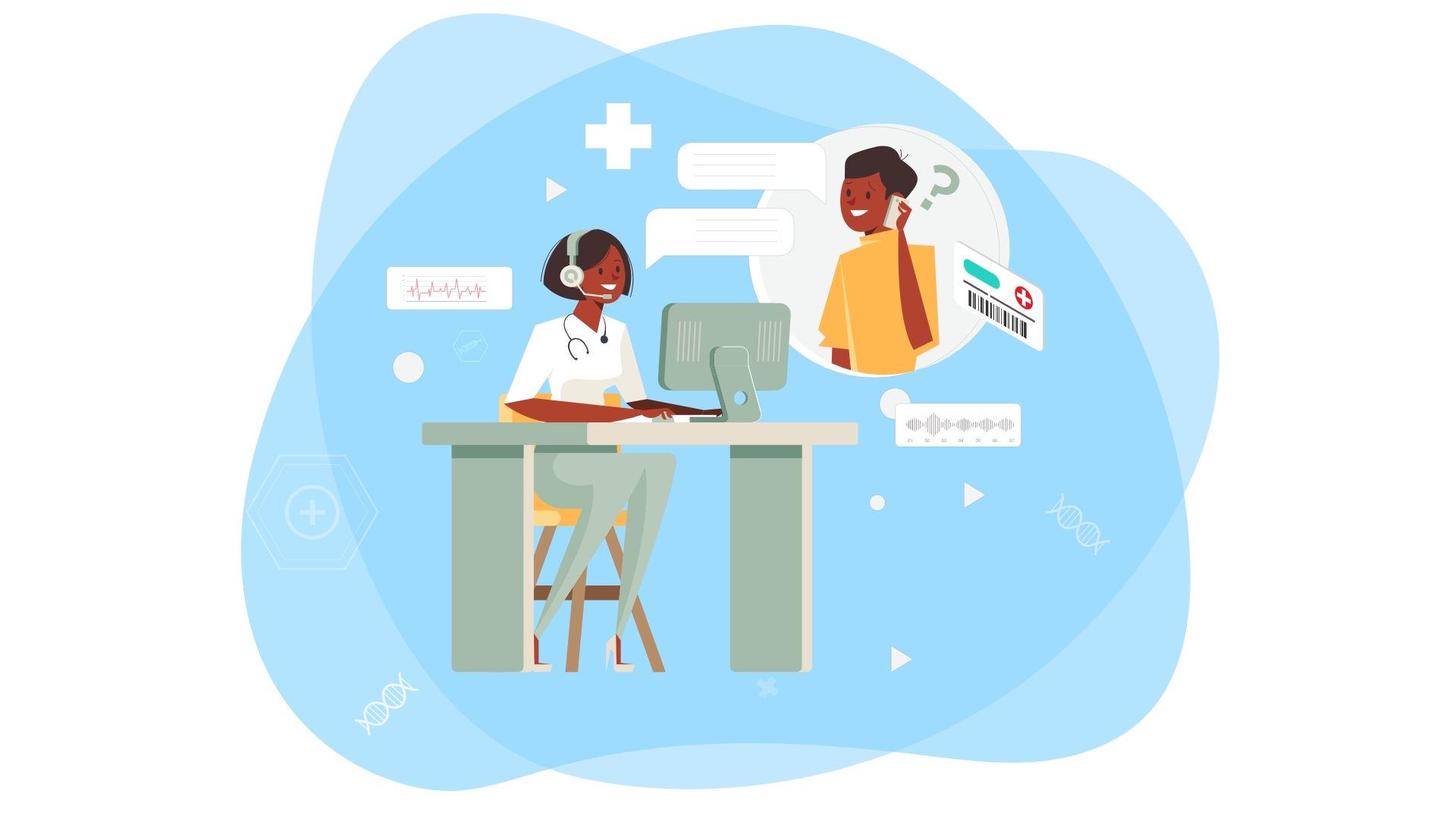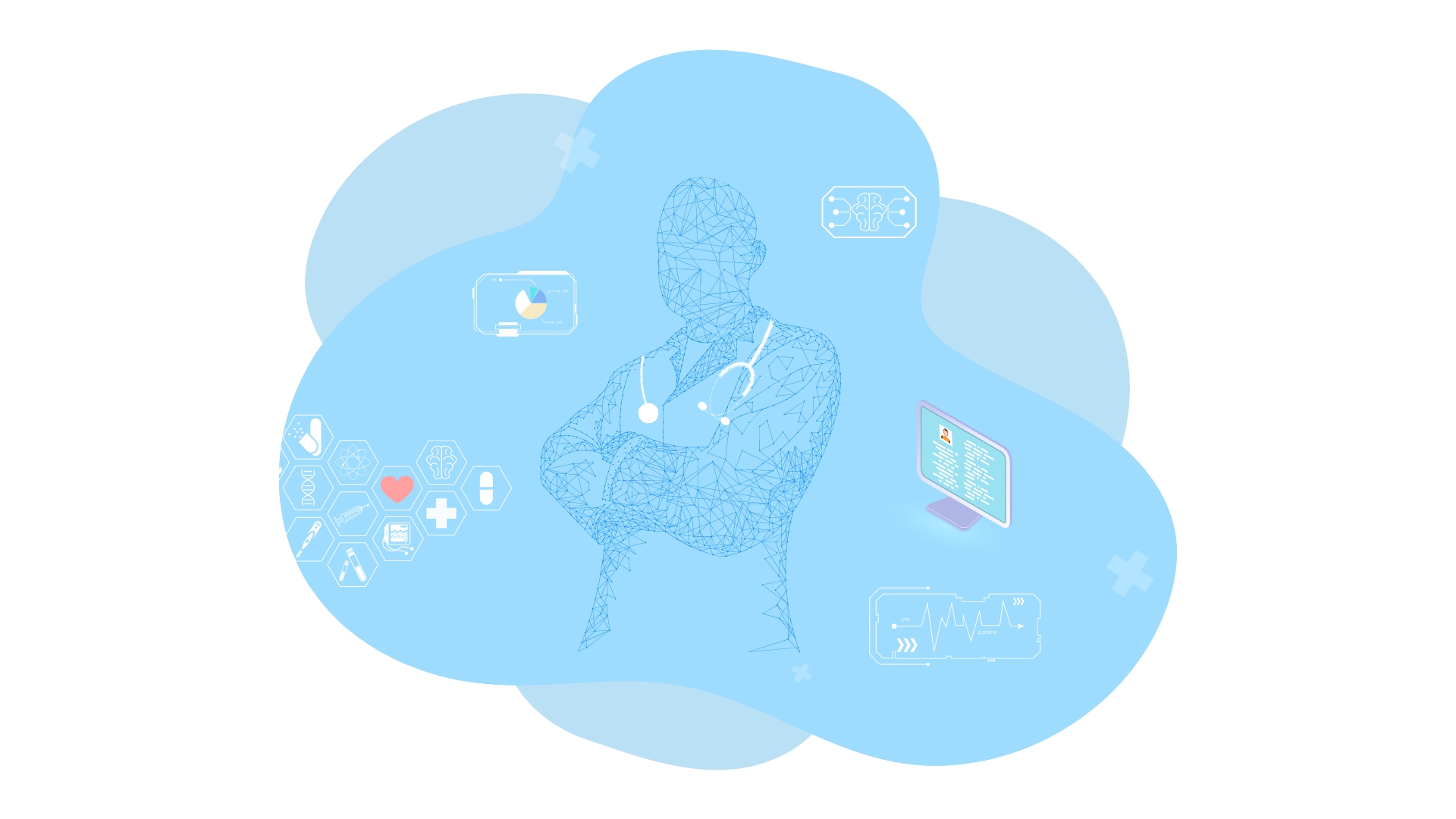Introduction
Estimates of the total U.S. population living in non-metropolitan (rural) counties vary from 46.2 million to 59 million people. This represents 14% to 19% of the U.S. population. Compared to urban areas, rural communities face higher poverty rates, lower educational attainment, lack of transportation, a higher proportion of elderly individuals, and lack of access to health services. Owing to these factors, rural communities face elevated rates of morbidity and mortality and greater percentages of excess deaths from the five leading causes of death including cancer and cardiovascular disease. Diabetes, one of the leading causes of death in the U.S., has been reported to be as much as 17% higher in rural areas than in urban areas.
Remote patient monitoring, or RPM for short, is really changing the game for healthcare in rural areas. Using tech to make up for the difficulties of getting care, it’s like a helping hand to communities that are far away from everything else. With gadgets you can wear and smartphones, RPM keeps an eye on things like your heartbeat or any long-term health issues as they happen. This way of looking after patients outside of usual places where you’d get medical help is making a big difference. It means people living in these remote spots can get help faster and have better chances with their health because now there’s this new way to reach them and take care of their needs when it comes to chronic conditions and improving how healthy they are by making sure more folks can get access to the care they need.
The Importance of Remote Patient Monitoring (RPM) in Rural Healthcare
Remote Patient Monitoring (RPM) plays a crucial role in improving healthcare for people living in rural areas. With the difficulties these remote places encounter, RPM steps in to make sure those with chronic conditions get the care they need by keeping an eye on their health all the time. By doing this, it helps fill any gaps and allows for quick help when needed, leading to better health outcomes. Healthcare organizations are now leaning more towards using RPM because it lets them collect important health data which is key to creating treatment plans that are tailored specifically for each patient. This technology significantly improves access to healthcare services in areas where it’s most needed, enhancing patient care greatly.
Addressing the Unique Challenges Faced by Rural Communities
In rural communities, where getting to a doctor can be tough because of long distances and transportation problems, Remote patient monitoring (RPM) is super important. It lets doctors keep an eye on how their patients are doing from far away. With RPM, healthcare workers can quickly step in when needed, which is great for folks living in isolated places. This way of looking after patients helps manage ongoing health issues and sudden sicknesses better. In the end, people living in these areas get healthier thanks to this tech-savvy method.
Bridging the Gap: How RPM Enhances Access to Care
Remote Patient Monitoring (RPM) is super important for making healthcare accessible in rural places. It uses wearable gadgets and mobile tech to send health info straight to doctors, no matter how far away the patients are. This means even if someone lives miles away or has trouble getting around, they can still get checked by their doctor regularly. With RPM, things like high blood pressure or heart problems can be caught early on. This not only helps people stay healthier but also cuts down on the need for last-minute dashes to the hospital in far-off spots.
Understanding Remote Patient Monitoring Technology
Remote Patient Monitoring (RPM) is a cool way for doctors and nurses to keep an eye on important health stuff like heart rate and other patient info from far away. With RPM, things like wearable gadgets, smartphones, devices that check your heart, blood pressure cuffs, and tools that measure oxygen in your blood are really important. These gadgets send over health details straight to the medical team as they happen. Thanks to tech stuff related to computers and the internet, RPM helps doctors act fast and make care plans just for you if you live in places far from big cities. This not only makes people healthier but also takes some pressure off regular hospitals and clinics.
Key Components of an Effective RPM System
Remote patient monitoring (RPM) systems are made up of important parts that make them work well. This includes things you wear like heart monitors and pulse oximeters, which gather data about your body’s functions. With the help of information technology, this data is sent safely to doctors and nurses. Also, some platforms put everything together so doctors can watch over patients’ health in real time and analyze the data as it comes in. This means they can quickly change treatment plans if needed. By putting all these pieces together, RPM systems help improve how we look after people’s health, especially in places far from big cities.
The Role of Wearables and Mobile Devices in RPM
Wearables and mobile gadgets are super important for keeping an eye on patients from afar, especially when it comes to helping people with long-term health issues in places where it’s hard to get medical help. These tools, like heart monitors and devices that check your oxygen levels, let doctors see how you’re doing at any moment. This means they can step in quickly if something’s not right. By using these bits of tech, healthcare workers can make sure they look after their patients well by watching over their treatment plans even if they’re far away and making everyone healthier despite the hurdles of being far from regular doctor visits or hospitals in rural spots.
Case Studies: RPM Success Stories in Rural Settings
In rural areas, Remote Patient Monitoring (RPM) has really made a difference. For instance, it’s been super helpful in keeping an eye on chronic conditions such as heart disease from afar. There was also this time when RPM played a big role in quickly responding to emergencies in places where getting to a healthcare facility isn’t easy. Through these stories, we see how RPM is changing the game for people living far from hospitals by offering care that’s both ahead of the curve and tailored just for them. This way, folks living in remote locations are seeing better health outcomes because they’re getting the patient care they need right where they are.
Improving Chronic Disease Management through RPM
Remote Patient Monitoring, or RPM for short, really helps out with managing long-term health problems. It works by keeping an eye on patients’ important health info and vital signs from a distance. This way, doctors can step in early to help manage issues like high blood pressure and diabetes better. With this kind of monitoring happening all the time, doctors can make quick changes to how they’re treating someone if needed. This could stop the illness from getting worse and help people feel better sooner.
RPM is especially good because it’s tailored just for you. For folks living in rural areas where it’s hard to get regular healthcare services, this can be a game-changer. By staying on top of their health data more closely, people dealing with chronic conditions have a much better shot at handling their health well.
Emergency Response and Monitoring: Saving Lives in Remote Areas
Remote patient monitoring, or RPM for short, is super important when it comes to dealing with emergencies and keeping an eye on patients. This is especially true in places that are hard to reach where getting medical help fast can be tough. With the help of tools like pulse oximeters and heart monitors, doctors can keep tabs on how their patients are doing from far away by checking things like heartbeat and oxygen levels as they happen. When things get serious, having this info lets them act quickly which could mean saving someone’s life even if they’re way out in the middle of nowhere. Thanks to RPM technology, people living in rural areas have better access to emergency care because it connects them directly with healthcare professionals who can respond faster than ever before.
Overcoming Barriers to RPM Implementation in Rural Healthcare
In rural healthcare settings, it’s really important to deal with tech and connection problems when putting remote patient monitoring (RPM) into action. Making sure that both the folks who provide care and the patients know how to use this technology well is a big step in getting past hurdles that might stop them from adopting it. By tackling these issues, healthcare organizations can make RPM work smoothly, which helps people living in rural communities get better access to medical care.
Tackling Technological and Connectivity Issues
To make sure that remote patient monitoring (RPM) works well in rural areas, we have to get past a few big roadblocks related to technology and staying connected. In places where the internet is hard to come by and the tech setup is behind the times, these issues are especially tough. It’s really important to put systems in place that can work even when there’s not much bandwidth. On top of this, making everything easy for users and teaching both healthcare workers and patients how it all works are key steps for getting RPM off the ground successfully. By tackling these challenges head-on, we’ll be able to improve healthcare access and outcomes in remote locations.
Training and Empowering Healthcare Providers and Patients
In rural areas, doctors and patients need special training to get the most out of remote patient monitoring (RPM). These training sessions should teach them how to use RPM tech correctly, understand the data it gives, and make it work with their current treatment plans. By giving healthcare providers these skills, we can help improve health outcomes for people they care for. At the same time, teaching patients how to keep an eye on their own health and stressing why it’s important to share this info regularly helps them play a more active role in their treatment. This teamwork makes RPM efforts much more effective.
The Economic Impact of RPM on Rural Healthcare Systems
In rural healthcare systems, Remote Patient Monitoring (RPM) plays a big role in saving money. By cutting down on the number of times patients need to go back to the hospital and lowering overall healthcare costs, RPM makes delivering care more efficient. It’s really good at helping manage long-term health problems, which frees up resources for healthcare organizations. With RPM technology, taking care of patients gets smoother, leading to better health results and less spending on healthcare in areas far from big cities. The economic advantages show that investing in RPM is smart for these communities.
Reducing Hospital Readmissions and Healthcare Costs
By bringing RPM into rural healthcare, hospitals are seeing fewer people needing to come back for more treatment and spending less money on care. With this setup, doctors keep an eye on patients’ health conditions from afar. They can spot problems early and fix them before things get worse. This means patients get better without having to go back to the hospital as much, which is good news for everyone involved.
With RPM in place, there’s a big drop in how often patients need to be readmitted within 30 days after they leave the hospital. This saves a lot of money. For instance, Deaconess Health over in Evansville, Indiana cut their 30-day readmission rates by half thanks to their RPM program and saved about $500,000 because of it. These savings help not just the places that provide care but also make the whole healthcare system work better.
Enhancing Healthcare Delivery Efficiency
Remote patient monitoring (RPM) is super important for making healthcare better in places far from big cities. By using tech to keep an eye on how patients are doing, doctors and nurses can step in at the right time with the care that fits just right, which really helps people get better. This smart way of looking after folks means fewer trips to the hospital, makes organizing care easier, and uses resources smarter in places where health services work. With RPM, those working in healthcare can watch over things like heart rates or whether someone’s sticking to their meds or following what their doctor advised without having to be there in person. This leads to a smoother way of providing help where it’s needed most.
Future Directions for RPM in Rural Healthcare
Looking ahead, the role of remote patient monitoring (RPM) in healthcare for rural communities seems to be on a bright path. With changes happening in health policy, new tech developments, and more chances for funding, things are looking up. On the side of health policies, we’re seeing these rules help make RPM a normal part of care out in the countryside. The government is stepping up with plans and rules that back this push towards using RPM to get better results in healthcare. They’re making it easier by covering costs related to RPM services so both doctors and their patients can use them without much hassle.
With technology getting better all the time, it’s playing a big role too. New gadgets like telehealth setups, stuff you can wear that keeps an eye on your health stats 24/7, and other tools for checking on patients from afar are being made all the time. These cool innovations aim at giving clearer data about our well-being, making everything user-friendly, and fitting smoothly into how healthcare works right now.
On top of this, the door is open for money support aimed at bringing RPM programs alive in less populated spots. Places like government bodies, research groups, and private backers are putting money into testing out how well RPM could work to lift up healthcare where there aren’t as many resources. This financial boost helps medical teams come up with and grow their own ways of keeping tabs on patients remotely, giving folks living far from big cities a shot at getting top-notch medical attention.
Innovations and Trends Shaping the Future of RPM
In rural areas, the way we look after health is changing a lot because of some cool new ideas and changes. For starters, there’s this big move towards using telehealth services. This means people can get medical care and check-ups without leaving their homes. When you mix telehealth with RPM (that stands for remote patient monitoring), doctors can keep an eye on how folks are doing from afar. They can catch any problems early and help out right away, which is especially good news for people living in rural places.
Then, there are these gadgets like smartwatches or devices that constantly check your blood sugar levels that are becoming more popular. These tools send real-time updates about your health straight to your doctor. Because of them, keeping track of how healthy you are has never been easier.
On top of all this tech stuff, there’s also a bigger emphasis on stopping sickness before it starts and tailoring treatments to each person’s unique needs—this approach helps manage long-term illnesses better than ever before and spots potential issues quickly so they can be dealt with promptly.
All these advancements mean really good things for folks in rural communities—they’re getting access to better healthcare which could lead to healthier lives overall thanks to managing chronic conditions more effectively leading to improved health outcomes.
Policy Changes and Funding Opportunities
Changes in rules and the availability of money are really important for getting remote patient monitoring (RPM) used more in places where people live far apart. At both the national and state levels, there are new health policies being put into place to help mix RPM better into everyday healthcare. The goal here is to make it easier for folks living in rural areas to get medical care, try to fix gaps in who gets what kind of health services, and overall improve how healthy people are.
On websites run by the government like the one for Centers for Medicare & Medicaid Services (CMS), you can find out about how they decide who gets paid back for using RPM, what’s covered under these plans, and any new rules that might affect RPM. This info is super helpful if you’re a doctor or part of an organization trying to start up an RPM program but finding it tricky because there’s so much policy stuff involved.
Then there’s money coming from different groups – could be government agencies, research bodies or even private charities – all aimed at helping grow and keep going with RPM projects specifically designed for those living away from big cities. They offer grants that support testing out new ideas through pilot programs or building up whatever tech infrastructure is needed so that doctors can monitor patients remotely effectively. These financial boosts mean providers have what they need not just technically but also financially speaking; this way they’re able to do their best when caring for folks outside urban centers aiming towards bettering health outcomes especially among communities often left behind.
Conclusion
Remote Patient Monitoring, or RPM for short, is changing the game for healthcare in rural areas. It’s making it easier for people who don’t usually get much medical attention to have better access to care. With cool tech and gadgets you can wear, RPM helps a lot with keeping an eye on long-term illnesses and responding quickly when there’s an emergency, which can save lives. Even though there are some hurdles like problems with internet connection, it’s super important that both doctors and patients feel empowered by this technology. The benefits are huge – not only does it help avoid unnecessary hospital visits and cut down costs, but it also makes the whole healthcare system work smoother. As we move forward, changes in policies and more money being put into this area will play a big role in how RPM keeps improving health services for folks living in less populated places; ensuring they receive top-notch patient care without falling behind.
Frequently Asked Questions
What is Remote Patient Monitoring and How Does It Work?
Remote patient monitoring, or RPM for short, is a way doctors keep an eye on your health from afar. They use special electronic gadgets to track how you’re doing health-wise. With this setup, all the important info about your personal health gets sent over to healthcare experts. From there, these professionals look at the data and figure out what’s best for you in terms of treatment plans and taking care of you as their patient.
How Can Rural Residents Get Started with RPM?
If you live in the countryside and are thinking about trying remote monitoring, your first step should be to talk with your healthcare provider. They can help you pick out the right devices for RPM, show you how it works, including how data is collected and sent back to them. Then they’ll use this info to make treatment plans just for you. For extra support, places like qualified health centers and telehealth services are great options too; they’re really useful for folks living in rural areas who want to get into RPM.
Key Highlights
Remote patient monitoring (RPM) is changing the game for healthcare in rural areas by making it easier to get good care and helping people stay healthier. By using technology like HealthViewX, RPM lets doctors keep an eye on patients from afar, especially those with chronic conditions, so they can tweak treatments as needed to make them better. In places where getting to a doctor can be hard because of transportation issues or long distances, RPM steps in to help out.
With RPM, there’s no need for folks in rural communities to travel far and wide just for medical care; this tech brings the doctor’s office right into their homes. To make remote patient monitoring work its magic includes understanding how all the pieces fit together – like medical equipment that gathers health data.
Gadgets like wearables and smartphones are key players here since they collect physiologic data that allows continuous tracking of a person’s health status. There have been plenty of success stories showing how well RPM works in these settings by improving treatment plans and overall health outcomes.
This approach isn’t just great for keeping tabs on ongoing illnesses or responding quickly during emergencies; it also makes sense financially. It cuts down costs related not only to healthcare but also helps avoid unnecessary hospital visits while boosting local economies too.
Reference:
- https://www.researchgate.net/publication/339567416_Continuing_Challenges_in_Rural_Health_in_the_United_States
- https://distilinfo.com/hospitalit/2023/06/21/the-potential-of-remote-patient-monitoring-rpm-in-rural-healthcare/

